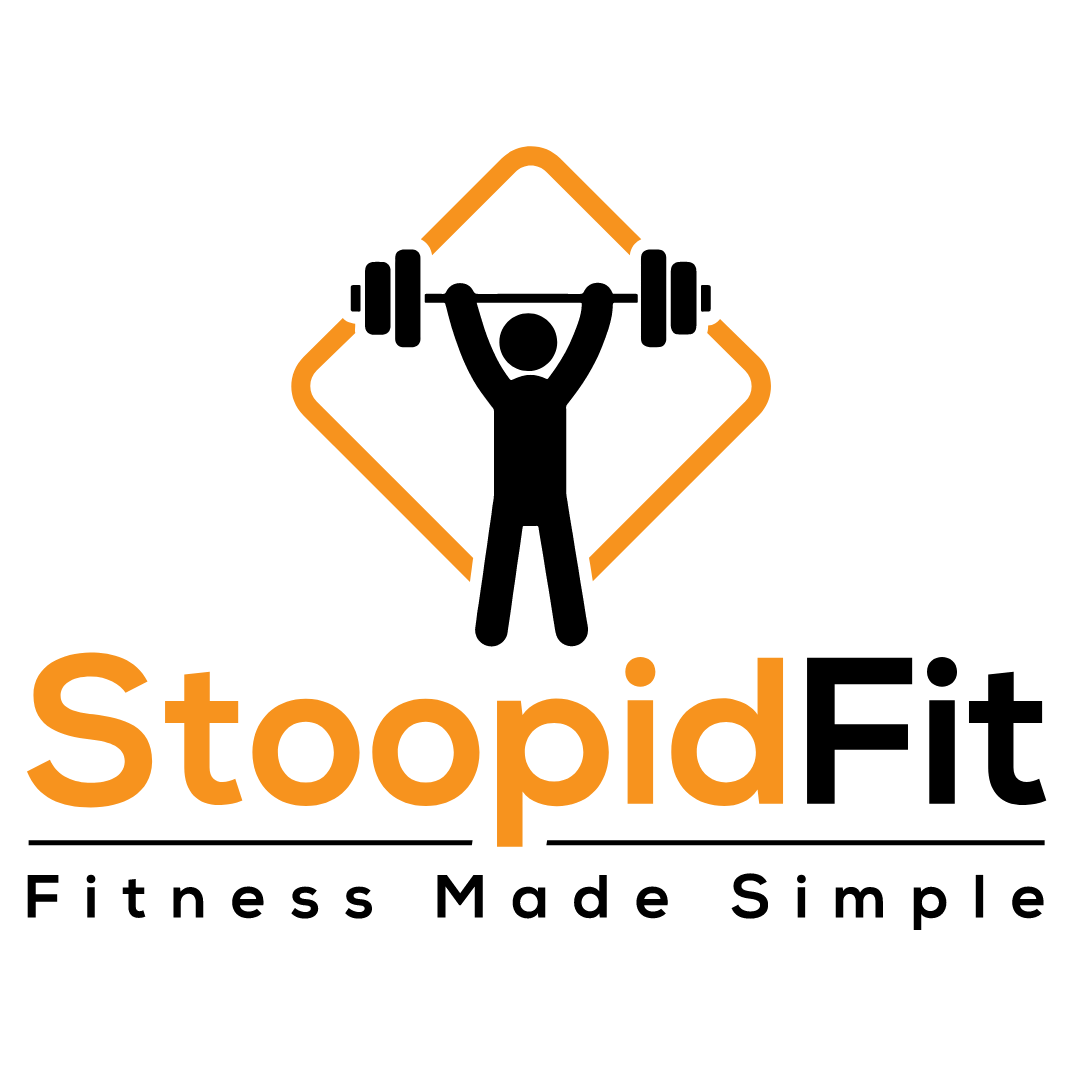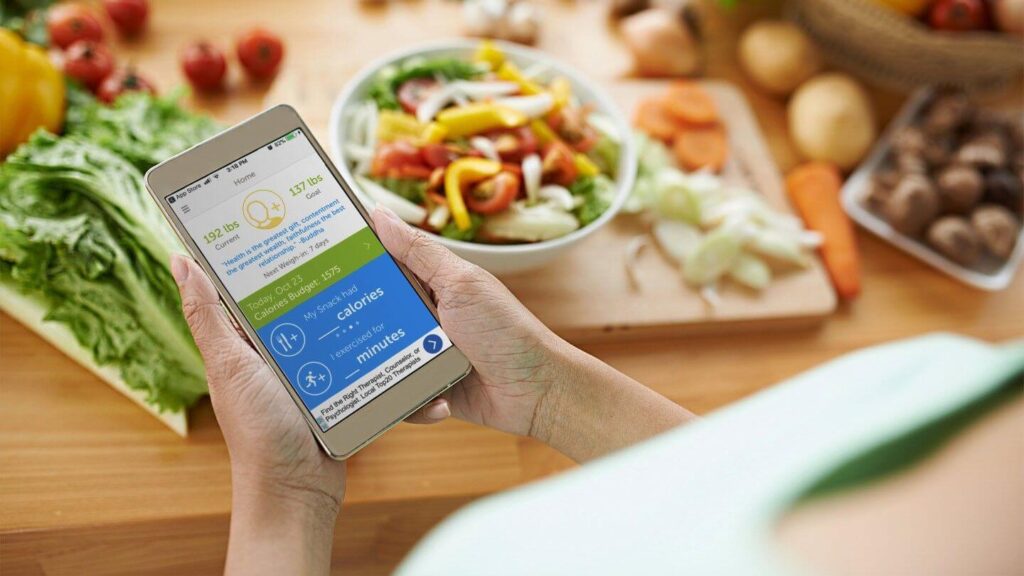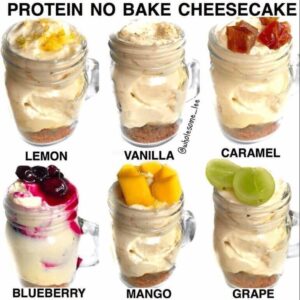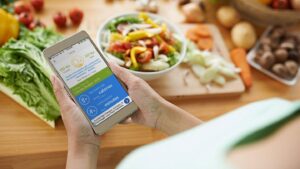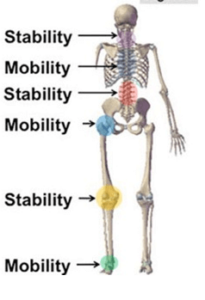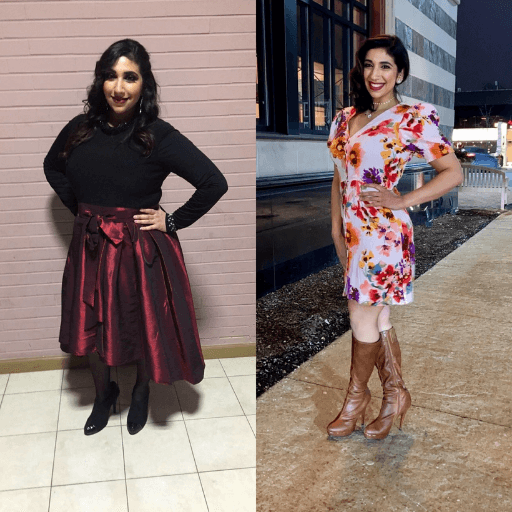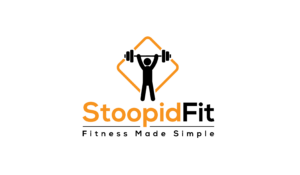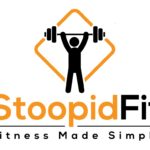There are a lot of tools out there to help you lose weight but possibly the most important, impactful, and useful tool you can use is a food tracking app.
You’ve probably heard that calorie counting and food tracking are the surest ways to lose weight, but for whatever reason, you haven’t actually started doing that yet. It’s normal to be averse to that, especially if you view it as a chore to add to your to-do list.
Today though, that’s going to change because you’re going to love the idea of tracking after you’re done reading!
Common Myths About Tracking
It’s Time-Consuming
there is a learning curve that comes with tracking your food, when you start off it’ll take you longer to log each item, but once you get the hang of it you can track full meals in less than 5 seconds – literally.
Even starting off it will never take more than 3-5 minutes per meal which, if you already eat with your phone out, you can do while eating.
You Can’t Log Ethnic Foods
With MyFitnessPal you can look up a broad range of foods from all parts of the world. You can also search in other languages to find the food you’re looking for! It won’t always be 100% accurate because every homemade meal will have a different recipe but it gets you close enough!
For the more serious trackers, there’s also a recipe function in MyFitnessPal that lets you plug in the ingredients and output the nutritional info for the entire plate!
You Have To Track Forever
Tracking your intake is a helpful tool that you can use to get to a specific goal easier. It’s not meant to be permanent, you can delete the app at any time, but taking the time to track and log your food will help you learn a lot about the food you’re eating to help you keep the weight off long term.
It’s An Eating Disorder
This is a new myth that has been coming up, primarily on TikTok. The truth is tracking in and of itself is not an eating disorder, it’s a tool to help you better understand the food you’re eating and manage your daily intake to get to a health/body goal. Disordered eating is a behavior pattern and mental disorder that can lead to obsessive tendencies around food including meticulously tracking calories and refusing to eat food unless tracked. This is beyond the scope of this blog, and if you suffer from disordered eating patterns I suggest speaking to a mental health professional about that. The main point here is that this tool in and of itself isn’t causing disordered eating and has helped way more individuals than it has hurt.
What Advantages Does Tracking Have?
There’s a number of reasons why tracking macros will help you reach your goals better than any other type of tracking. It’s also why we use it with most of our clients to help them get the body of their dreams.
Individuality
One of the biggest flaws that come with “one size fits all” meal plans, fad diets, and diet programs are that they fail to account for individualization.
You are a unique person. You have different caloric needs, transformation goals, training style, metabolic history/makeup, health conditions, food intolerances, food preferences, timeline, social life, etc than anyone else!
It doesn’t make sense to have you follow the same exact plan as someone else because you both are completely different individuals that require an individualized nutrition plan to match!
Macro tracking delivers just that – a way to help you manage your calorie intake to get you to your goal while customizing it to work for your lifestyle!
Education and Awareness
There is a huge difference between thinking you’re eating a certain way and knowing you’re eating a certain way.
For most people that don’t track their intake, they think that they’re eating low calorie but in all likelihood, they’re probably eating way more than they realize.
In fact, a study was done on this exact topic and they found that people who reported eating 1200 calories per day were actually eating 50-75% MORE than that regularly.
Imagine thinking you’re eating 1200 calories when you’re actually eating 2000+ calories, it’s no wonder that when you don’t track your intake you can’t lose weight.
Tracking your intake actually helps you build awareness around what you’re actually eating and how much of it you’re eating. Not to mention it also helps you know what different types of food are made of and what appropriate portions of those foods look like for you – all of which you wouldn’t know without tracking your intake.
Flexibility
The reason most people fail with their diets is that they are over-restrictive with their food choices and think that they need to only eat healthy foods to hit their goals. It’s an idea that creates a lot of stress and anxiety around food. You struggle mentally in different social situations because you’re so worried about the foods you can’t have but want to enjoy.
As I mentioned earlier, regardless of the food choices you make, you’ll need to manage your calorie intake to see any weight loss. That means that you can hypothetically choose to eat only Twinkies and still lose weight as long as it’s within your calories – in fact, it’s been done!
Of course, just because you could doesn’t mean you should. It’s no secret that Twinkies aren’t the healthiest food choice. We want to lose weight, but we don’t want to do it at the expense of our health.
What good is fitting into size 4 jeans if you have no energy, bad digestion, and aching joints? It’s not a good life to live.
That’s where macros come in. We set certain targets for you to hit with your protein, carbs, and fats. As long as you can hit those marks, you’ll be making progress toward your goals.
You can have eggs, chicken, potatoes, donuts, almonds, chocolate, and a salad in your day and still lose weight. It allows you that flexibility to have a sweet treat without feeling guilty that it’ll ruin your progress.
It’s not just about fitting in a sweet treat though, this also opens the door for flexibility with your healthy food options as well. You don’t need to eat chicken and white rice every day, you can switch it up to be fish, turkey, steak, eggs, or whatever else you’re in the mood for that day.
Macros are how you can make your diet fit for you instead of trying to change your entire life to fit a diet, flexibility is a core principle in our coaching program because we don’t believe dieting needs to be more stressful than it needs to be.
Performance Demands
The more you train, the more carbs you’ll likely need.
The more sedentary you are, the fewer carbs you’ll likely need.
The more muscle you have, the more carbs you’ll need to maintain muscle mass.
As we now know, Carbs are your main source of fuel. The more work that you demand from your body, the more carbs you’ll need to feel that performance. Carbs are what get you to be faster, stronger, and more explosive in your training; and the faster, stronger, and more explosive you are the more fat you’ll burn, and the more muscle you’ll build!
Individual Preference
If you like foods that are high in carbs, it wouldn’t make sense to put you on a no/low carb plan.
You might stick to that no/low carb plan for a little while, but after some time you’ll want to get back to eating carbs again. This means that once, or if, you lose the weight on this plan that you wouldn’t like, you’ll eventually need to reintroduce carbs back into your life again.
Which will eventually lead to weight regain, because you’re going to be eating in an entirely different way than you did when you lost the weight. Nobody wants to just lose weight for a little while (at least I hope not) you want to lose weight and be done with it!
That starts with dieting in a way that you enjoy and can see yourself doing even after the diet is done. That’s the true key to never regaining weight after you lose it.
So instead of doing something you know you can’t do or won’t like just because someone else did it or said so, build a macro plan that you’ll actually enjoy doing so you never feel like dieting.
Predictability Of Weight Loss
If you were saving up money to buy a car and you saved a percentage of your paycheck every week you would know exactly how many weeks or months it would be until you could buy it.
It’s predictable and you can have confidence that you’ll get to your goal of buying a car because you can see yourself hitting your savings goal.
In that same way, calories and macros act as your nutritional currency. To lose weight you need to consume fewer calories than you’re burning, the best way to know that you’re doing that for sure is by measuring your nutritional currency daily.
When you track your calories and macros, you know exactly how much you’re eating. If you track your activity too (training or NEAT) you can predictably measure how much weight you will be losing on a week-to-week basis.
Of course, weight loss isn’t a linear process so you won’t lose weight every single week but once you do hit a stall or a plateau you just have to look back at your numbers and see what you can adjust to break it.
Numbers don’t lie, and having the numbers to back up your process makes weight loss more predictable and removes the guesswork that comes with it.
Lifestyle Eating
You’re not going to be tracking forever – that’s not the goal.
The goal is to have you track so you can gain a better understanding of what you’re eating, what kind of macros make up those foods, what the best portion sizes for you look like, and what kind of foods you should incorporate into your day.
You can’t accurately gauge what that looks like without first taking the time to track foods properly and gain that experience.
Once you track your intake for a period of time, you actually build up knowledge around food that you can use with you for the rest of your life. Making forever fat loss more of a reality than a dream.
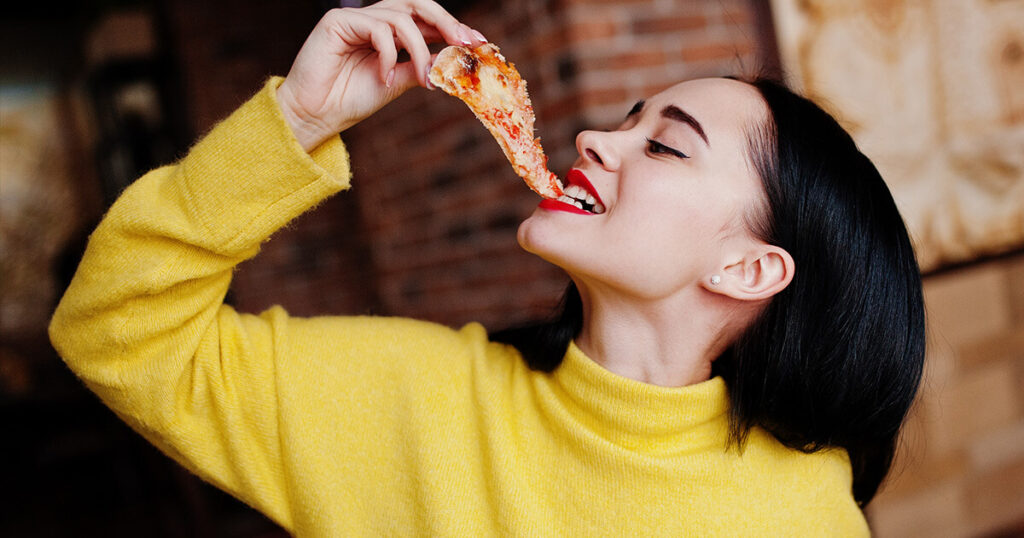
How Can I track?
Lucky for us, food tracking has never been easier. There are a number of food tracking apps that you can download to help you monitor your calories/macros. The app I recommend for tracking is MyFitnessPal.
You can download it straight to your phone or make an account at their website. Before jumping in though, there are just a few things to keep in mind when tracking:
- Not All Data In MyFitnessPal Is Accurate, so don’t just pick the first thing you see. Try out a couple different ones and make sure it matches what you’re actually looking for.
- Use The Barcode Scanner Whenever Possible. It’s quick and ensures you’re accurately inputting the food you’re eating
- Make Sure To Log How You Measure Your Food. If you use measuring cups, log measuring cups. If you weigh your foods make sure you match the same measuring unit (g or oz). Using a food scale is most accurate when it comes to macro tracking.
- Restaurant Macros Won’t Be 100% Accurate, but they are a good general gauge of what you’re eating. Make sure to overestimate what you’re eating to be safe.
- You Can Look Up Ethnic Foods In MFP. It’s a massive database, you can look up any food you want and you can even search it in the language of that food (i.e. Arabic, Greek, Mandarin, etc.)
- Keep It Simple! You don’t have to track every little gram, but get as close as you can and focus on your total calorie and protein intake to start!
- You Don’t Have To Hit Your Calories/Macros Spot On! You can be a few (5-10) grams off your macros and a few (50-100) calories off in either direction and be good for the day.
How Can I Find My Ideal Macro Prescription?
Lucky for you, I have just the resource for that. Download your free copy of my Ebook The Nutrition Manual. This is where I walk you through the entire process step by step so you can learn exactly what your ideal macros should be for your goal! Get your free copy here.
